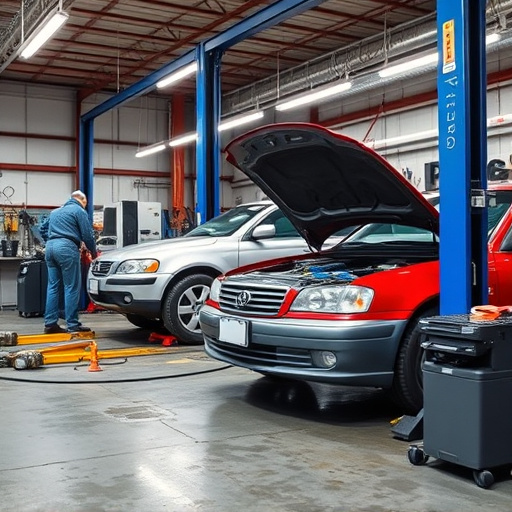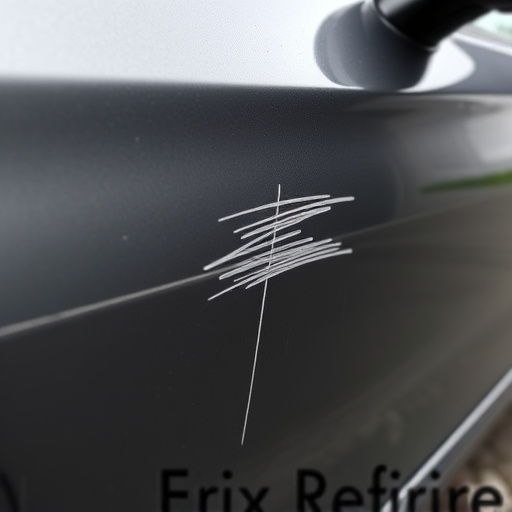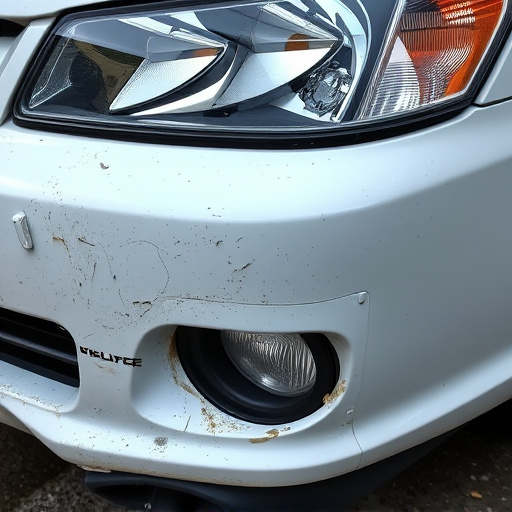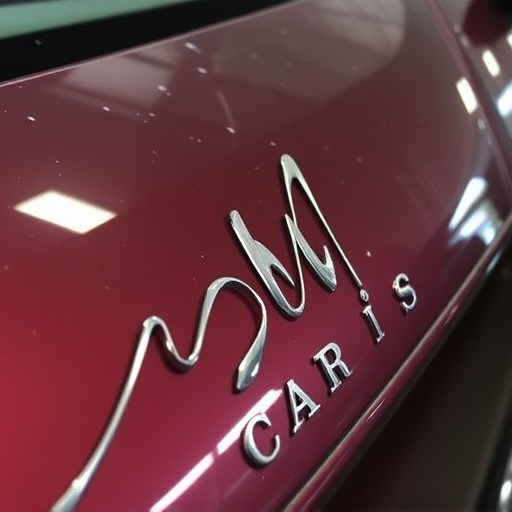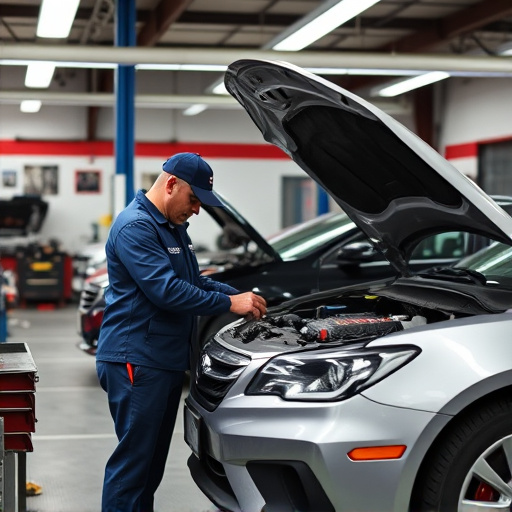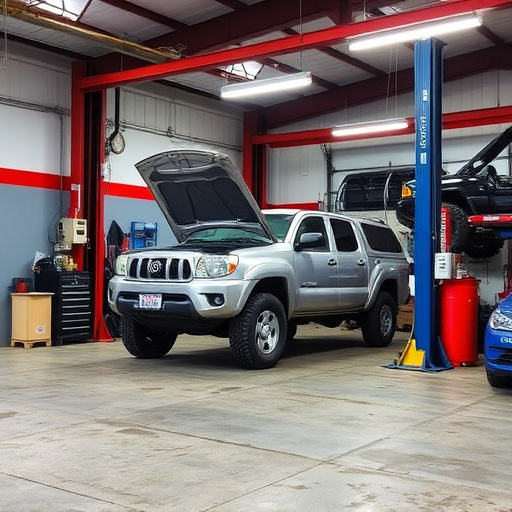The Mercedes Air Balance System (ABS) optimizes fuel efficiency and reduces emissions by monitoring air parameters for precise combustion. Troubleshooting ABS errors, such as "Sensor Malfunction," requires a systematic approach including sensor inspection, cleaning, calibration using service manuals or guides, and regular maintenance to prevent costly car repairs.
Mercedes’ advanced Air Balance System ensures optimal fuel-air mixture for your vehicle’s engine. However, sensor errors can disrupt this delicate balance, leading to performance issues and increased emissions. This comprehensive guide delves into the basics of the Mercedes air balance system, deciphers common error codes, and provides detailed troubleshooting and calibration steps for sensors. By following these expert tips, you’ll be well-equipped to identify and resolve issues efficiently.
- Understanding Mercedes Air Balance System Basics
- Identifying Common Sensor Error Codes
- Troubleshooting and Calibration Steps for Sensors
Understanding Mercedes Air Balance System Basics
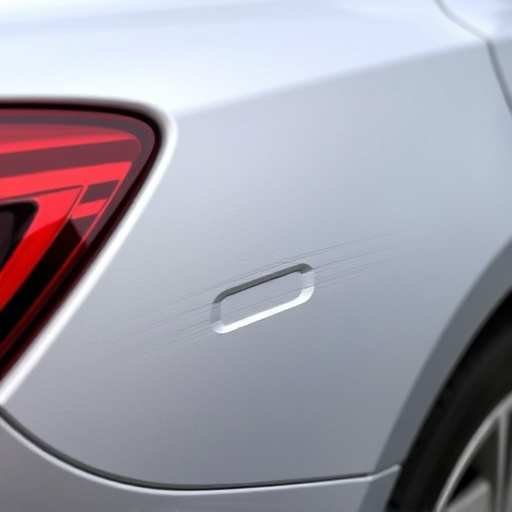
The Mercedes Air Balance System (ABS) is a sophisticated sensor-driven mechanism designed to ensure optimal air-fuel mixture in your vehicle’s engine. This system plays a crucial role in enhancing fuel efficiency, reducing emissions, and maintaining consistent performance. The ABS monitors various parameters like air temperature, pressure, and humidity, adjusting the air intake accordingly for precise combustion. It’s akin to an orchestra conductor, ensuring each instrument (sensor) plays its part harmoniously for the symphony of your engine’s smooth operation.
Understanding how this system works is key when troubleshooting errors. Just as in any intricate mechanism, a glitch in one sensor can disrupt the entire balance. Common issues may stem from faulty sensors, loose connections, or environmental factors such as extreme temperatures or moisture intrusion, akin to a damaged car paint surface needing repair after hail damage. Similar to meticulous automotive restoration work, identifying and rectifying ABS sensor errors often requires careful inspection and specialized knowledge to ensure your Mercedes returns to its optimal performance state.
Identifying Common Sensor Error Codes

When troubleshooting a Mercedes air balance system (ABS), understanding common sensor error codes is crucial. ABS sensors play a vital role in maintaining optimal tire pressure, and any discrepancies can lead to various error messages on your vehicle’s dashboard. One of the most frequent errors is the “Sensor Malfunction” code, indicating that one or more ABS sensors are not functioning correctly. This issue often manifests as uneven tire pressure, leading to handling problems.
Identifying specific sensor errors requires a systematic approach. For instance, a code pointing to a wheel speed sensor malfunction suggests a potential problem with the sensor itself or its wiring. In contrast, an air pressure sensor error could signal a defective component or an issue with the system’s calibration. Regular maintenance and prompt attention to these codes are essential to prevent more significant problems, such as those that might require dent repair or car body repair, and ensure the seamless operation of your Mercedes’ air balance system.
Troubleshooting and Calibration Steps for Sensors
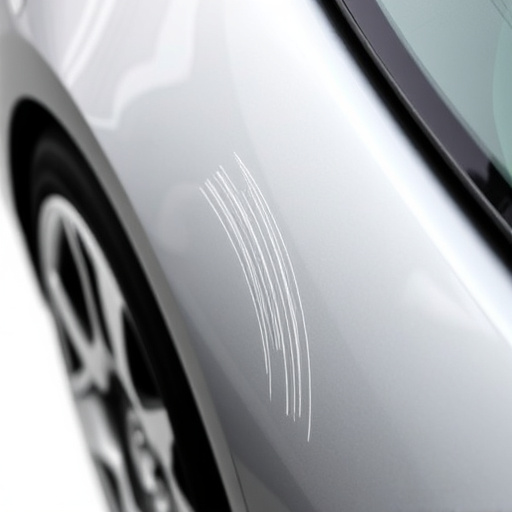
When troubleshooting Mercedes air balance system sensor errors, it’s crucial to start with a systematic approach. Begin by inspecting the sensors for any visible damage or debris. Clean the sensors gently using compressed air to remove dust and contaminants that may interfere with their operation. If the sensors appear intact, proceed with calibration. This process ensures the sensors are providing accurate readings, which is essential for the Mercedes air balance system’s optimal performance.
For accurate calibrations, refer to the vehicle’s service manual or consult a reputable guide specific to your Mercedes model. The process may involve adjusting the sensor settings using specialized tools. Regular maintenance and timely calibration of these sensors not only enhances the accuracy of the Mercedes air balance system but also contributes to maintaining the overall health of the car’s bodywork. Remember, well-maintained components can extend the lifespan of your vehicle and reduce the need for costly car repair services or car paint services down the line.
The Mercedes air balance system is a complex yet crucial component for optimal vehicle performance. By understanding its fundamentals, identifying common sensor error codes, and mastering troubleshooting techniques, you can effectively calibrate and resolve issues within this system. Armed with these insights, you’ll be better equipped to navigate any sensor-related problems, ensuring your Mercedes operates smoothly and efficiently.
